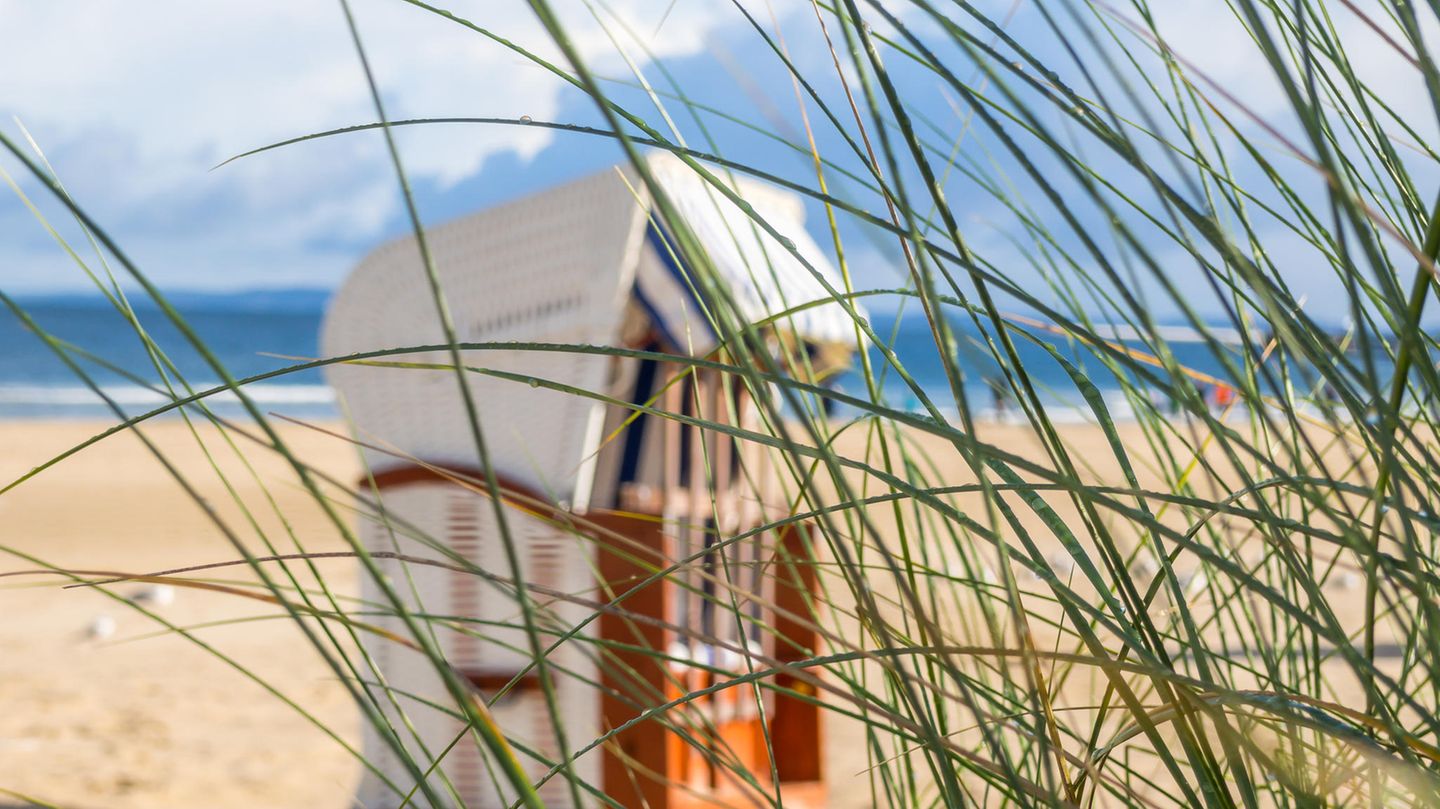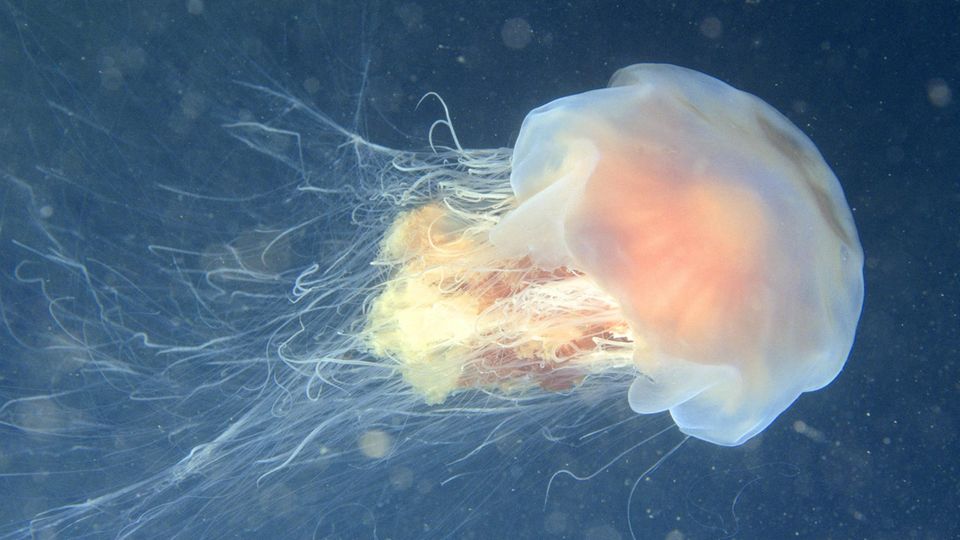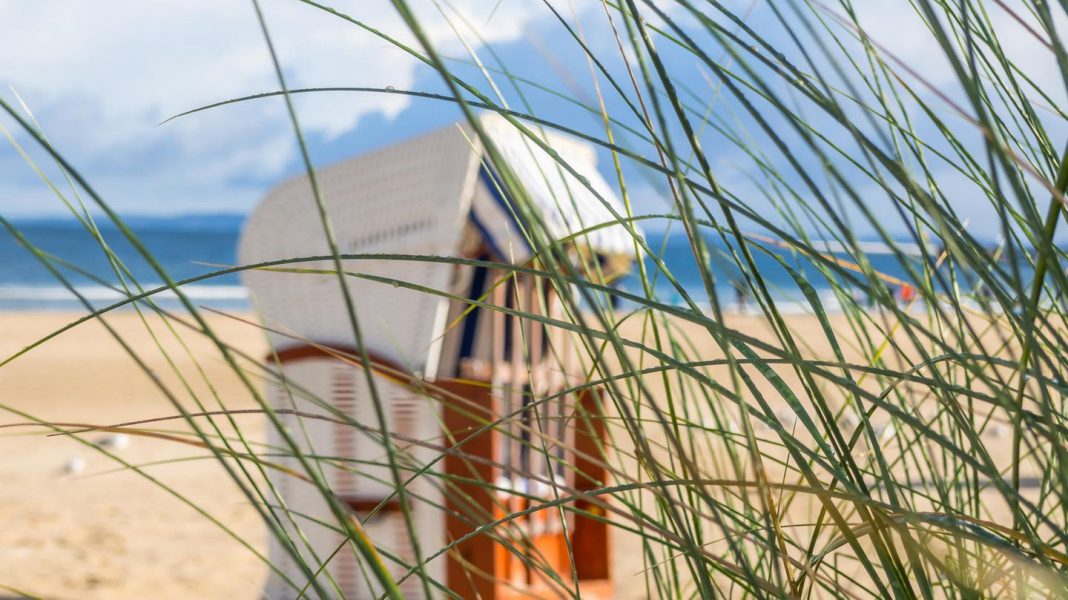Death in Schleswig-Holstein
Vibrion infection: woman dies after bath in the Baltic Sea

A beach on the Baltic Sea. At warm temperatures, vibrions can form in the water. (Icon Image)
© Animaflora / Getty Images
At warm temperatures, vibrions can multiply in the water of the Baltic Sea-and in rare cases cause serious infections. In Schleswig-Holstein, an elderly person went swimming despite his previous illness and died shortly afterwards.
After a vibrion infection, an elderly person died in a clinic in Ostholstein. As the district administration announced on Thursday, the person had probably gone swimming despite an open wound and chronic pre-existing diseases. Then she died in the clinic on July 27. According to the Health ministry in Kiel, this year it was the first case of infection reported in Schleswig-Holstein.
Vibrions can occur at warmer temperatures in the Baltic Sea
The ministry, like the district administration of Ostholstein, reminded of precautions: it should be assumed in principle that the bacterium Vibrio vulnificus occurs at warmer temperatures in the Baltic Sea. Especially older people with an open wound, who have a weak immune defense or are weakened in their immune defense due to previous diseases, could be at risk. People with open or poorly healing wounds should not expose them to contact with warm seawater, it said.

See in the video: some jellyfish are completely harmless, others can become dangerous to humans. More and more jellyfish species, which are actually native much further south, are also coming into our waters. We present the two most dangerous species in German regions and in popular holiday regions.



